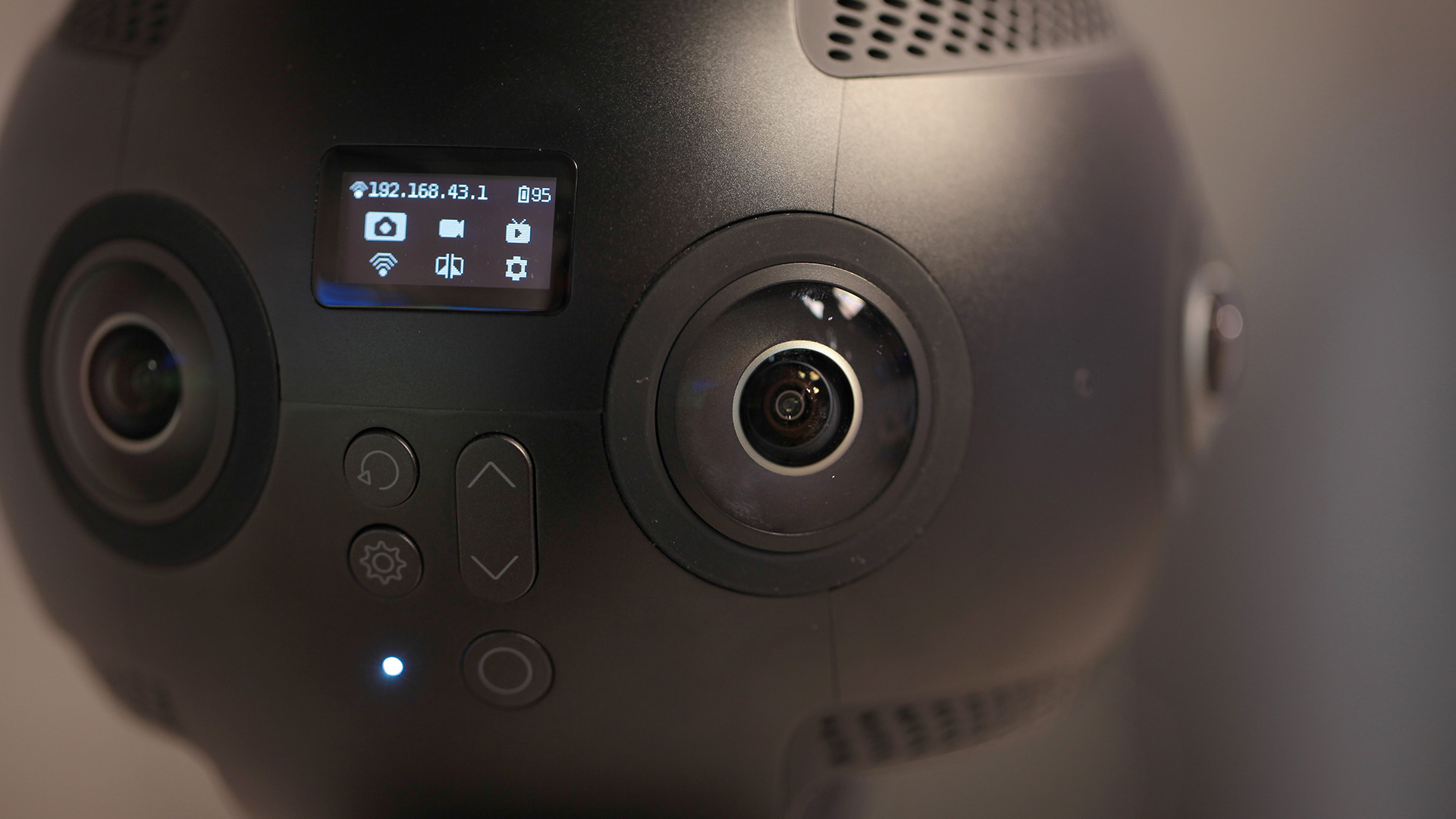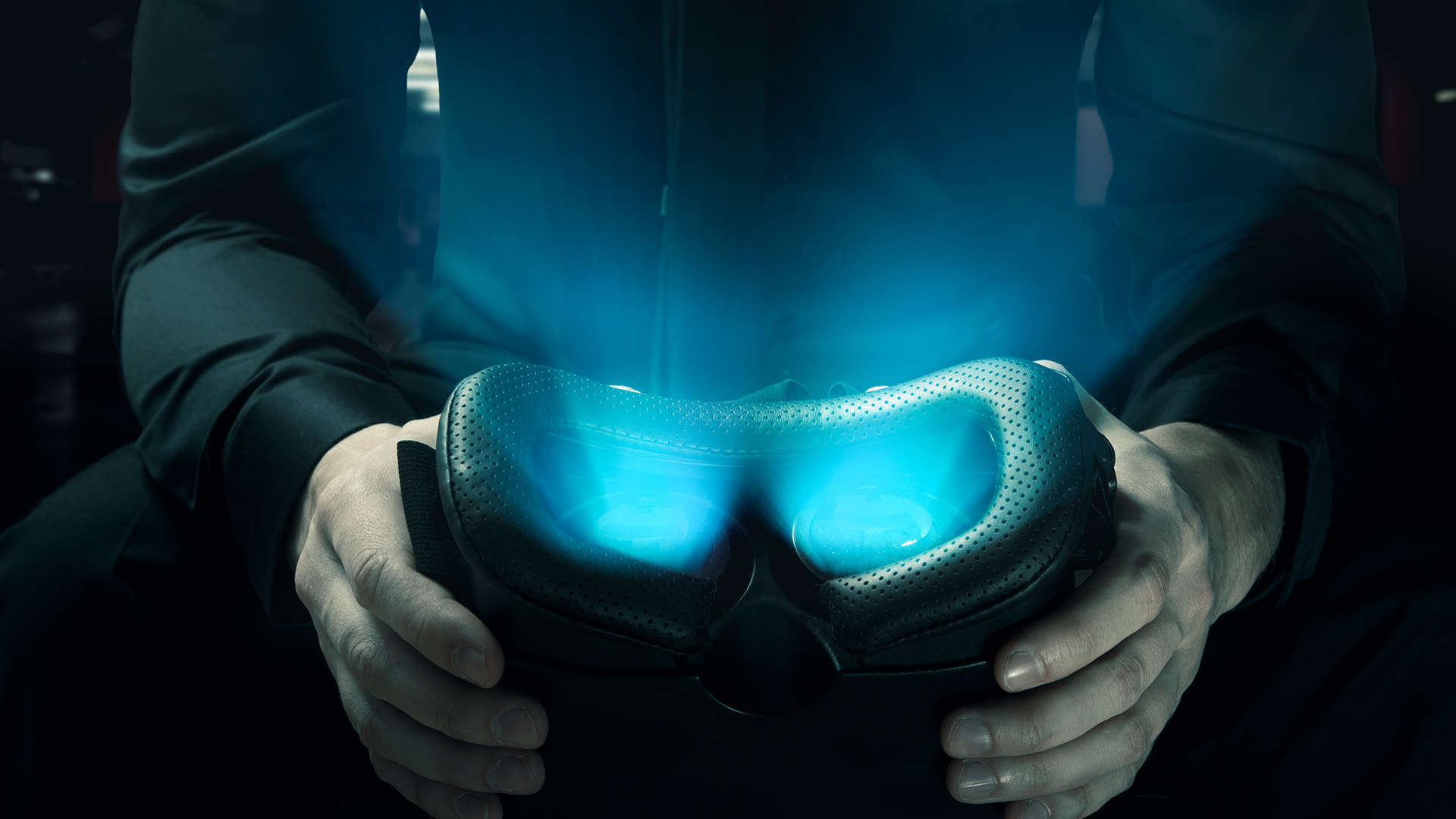
Immersive Videos in 2020 and Beyond
What do you want to show your customers this year? Where will you take your clients now that the sky is the limit? Immersive videos are more realistic than ever before, so you can start planning to share an experience in full true-to-life detail – with anyone, anywhere.
We expect to see continued growth in the amount of 360-degree content produced across a range of industries, from both individual creators and professional production companies.
360-degree Tours & Escapes
If the idea of soaring around Maui for a quick lunchtime break is appealing, we have good news. Whether you’re looking for personal immersive getaways or relaxation content that you can offer employees in break rooms, the soothing effect of visiting paradise is, with the right hardware, just a few clicks away.
360-degree tours are also a great option for real estate developers and hospitality brands that need to convey the experience of being on a property. Recording 360-degree video is both affordable and effective for creating lifelike walkthroughs that convey accurate details. Total immersion is the ideal method of show-don’t-tell when it comes to all the little touches you’ve worked so hard to perfect.
Events Captured by Immersive Videos
We’ve all experienced that moment of disappointment when the words “Sold Out” pop up on a ticket seller’s website. And for some people with physical or geographic barriers, the option to attend never existed. Until immersive videos became a reality, fans had little more than flat video as a consolation.
Today, companies like NextVR are capturing sports, music, and entertainment for immersive experiences. We’re not just talking about pretending to sit in a regular seat either. This is a chance to get a front row seat and a backstage pass with access as unrestricted as the performers and athletes can offer. And it’s all much more affordable for fans, provided they have VR gear.
We already have access to a lot of amazing immersive videos free on YouTube. The online video giant began supporting 360-degree videos in March 2015. And Facebook did the same later that year. We’ve also seen support for the more accessible 180-degree format. Either way, it’s important to remember that most videos made with recorded footage are not (at the moment) very interactive, if at all.
Behind the Scenes of 360-degree Content
Most recorded (as opposed to digitally created) immersive videos start with omnidirectional cameras. These devices range from high end models like 360Precision LTD’s Facebook 360Surround Camera to accessible personal products like the Insta360 Nano.
So, creating immersive videos takes specialized equipment any way you approach it. And once that gear is in place, the filming process is different too. You need to be aware that there is no longer such a concept as the fourth wall. Everything in sight is part of the video and this does create both opportunities and challenges.
If you’ve ever seen a set reveal video that illustrates the gear and staff surrounding a fake partial room inside your favourite television show, you can already picture what immersive videos need to achieve in terms of real-world preparation.
Immersive Videos for Training
Simulations have long been a crucial training component in many industries from law enforcement to commercial airlines. While many of us participate in training at the start of a job or as desired for personal growth, some occupations have regular, mandatory training sessions that keep both staff and the public safe while these professionals do their work.
The magic of both VR and 360-degree video can now be combined to use both recorded footage and digital simulations. Imagine a training video that can immerse the trainee in an actual recording, and then switch to a digital component in which he or she can interact, respond, and best of all, learn.
Medical professionals, surgeons in particular – can benefit from simulated training throughout their careers. Not only can surgeons begin using VR training programs as students, but every time a new surgical procedure becomes an industry standard, they can practice as desired in a simulation before ever having to try a real life patient. And when it comes time to perform a live procedure, the option already exists to practice on a simulated virtual replica of the actual patient’s body. It’s an unprecedented level of medical progress.
Next Level Immersive Storytelling
We’ve said it before – immersive content has changed the future of storytelling. Where a reader or viewer once identified with a main character’s story, we now have a world where the user can BE the protagonist. We will be creating immersive videos for users to inhabit and LIVE their stories.
Even if we’re talking about adapting narratives that already have fans and stories that are already known and popular, the way we structure immersive fiction demands a different approach if the viewer is acting out a story instead of passively watching it.

Image Credit: Daniel Krasoń / Adobe Stock
Immersive Videos Done Right
At Stambol, we are huge fans of democratizing technology. So, we love seeing accessible personal 360-degree video cameras entering the market. In some situations – like a family reunion or a child’s birthday party – capturing your own personal immersive videos shouldn’t require a technology partner.
But the training videos, property tours, and event captures we outlined above just can’t be produced at a professional level with personal equipment. If you want professional content, you need to work with an experienced technology partner. Someone who has access to industry experts who are already up to speed on the amazing cameras and associated software required to make sophisticated immersive videos. Ask us what it takes to make and distribute the kind of professional content that meets your business needs.
Feature Image Credit: Layer / Adobe Stock


